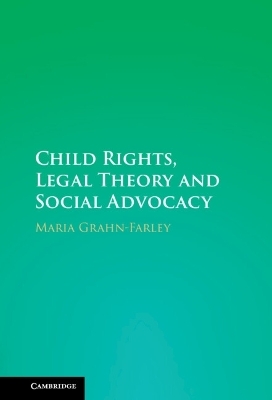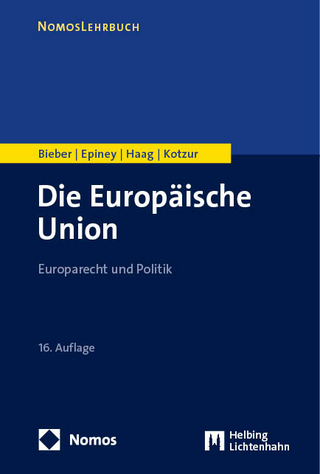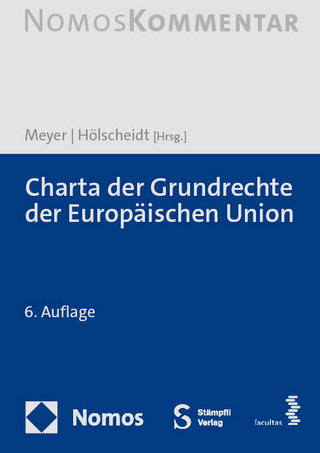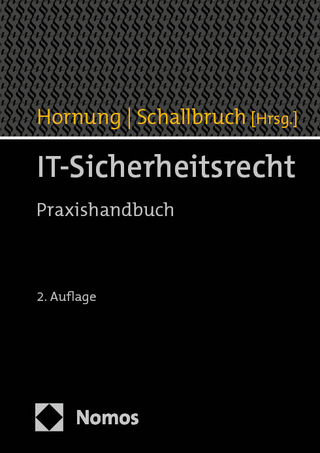
Child Rights, Legal Theory and Social Advocacy
Cambridge University Press (Verlag)
978-1-009-36696-0 (ISBN)
- Lieferbar (Termin unbekannt)
- Versandkostenfrei innerhalb Deutschlands
- Auch auf Rechnung
- Verfügbarkeit in der Filiale vor Ort prüfen
- Artikel merken
Arguing for a pro-democratic approach in authoritarian times, this book challenges the focus on age in identifying children in child rights. It argues that, even for the purposes of a benevolent rights regime, adopting a monist construction of child identity artificially separates the law from reality, potentially foreclosing children's democratic deliberative agency in self-identification. An essential feature of other human rights regimes is the scope for a claimant to argue one's identity, or foundationally 'I am a human being;' but such a contention is foreclosed when identification as a child is decided uniquely by reference to age. Drawing on Critical Race Theory's narrative method and inspired by W.E.B. DuBois' identity construction, Professor Grahn-Farley advocates a new theoretical understanding of the child and of child rights, cognisant of social interaction and democratic participation. This book will appeal to researchers in child and human rights, and to sociologists, legal theorists and activists.__This title is part of the Flip it Open programme and may also be available Open Access. Check our website Cambridge Core for details.
Maria Grahn-Farley is Professor of Law at the University of Gothenburg. She was one of the first children in the world recruited by Save the Children, Sweden, to participate in building an international child rights movement in anticipation of the adoption in 1989 of the United Nations Convention on the Rights of the Child. Grahn-Farley is a Harvard Law School graduate, and has taught child rights and human rights for over 20 years, in the United States, Sweden and the United Kingdom. She is the coordinator of Human Rights Justification (HRJust), a Horizon Europe research and innovation consortium funded by the European Union.
Introduction; 1. The Child and Human Rights: The Birth of the Child Rights Regime; 2. The Monist Construction of the Child: Without Mind or Body; 3. The Complex Intersectionality of the Child; 4. The Child Heard but Unable to Speak; 5. The Child in the Child Rights Movement; 6. The Child in the Exception; 7. The Monist Pull of Universalism; 8. The Monist Child Rights Identity and Universal Positivism; Bibliography; Index.
| Erscheinungsdatum | 08.11.2022 |
|---|---|
| Zusatzinfo | Worked examples or Exercises |
| Verlagsort | Cambridge |
| Sprache | englisch |
| Themenwelt | Recht / Steuern ► Allgemeines / Lexika |
| Recht / Steuern ► EU / Internationales Recht | |
| Recht / Steuern ► Öffentliches Recht ► Völkerrecht | |
| Sozialwissenschaften ► Politik / Verwaltung | |
| ISBN-10 | 1-009-36696-3 / 1009366963 |
| ISBN-13 | 978-1-009-36696-0 / 9781009366960 |
| Zustand | Neuware |
| Informationen gemäß Produktsicherheitsverordnung (GPSR) | |
| Haben Sie eine Frage zum Produkt? |
aus dem Bereich


